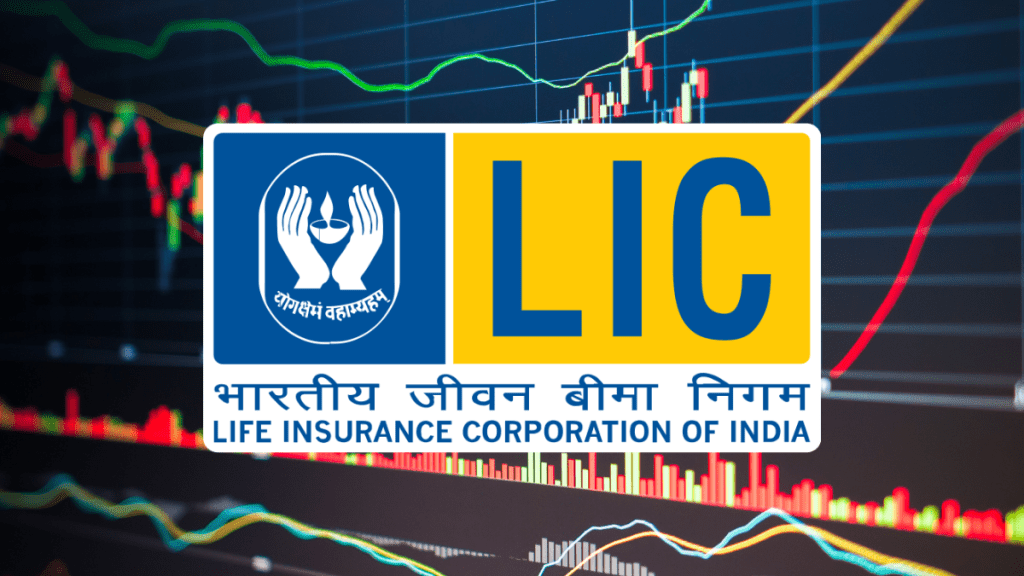Life Insurance Corporation of India (LIC) on Thursday reported a 32% year-on-year increase in net profit for the second quarter to ₹10,054 crore, driven by higher premium income and strong investment gains.
However, the insurer’s overall market share based on first-year premium income (FYPI) fell to 59.41% for the half year ended September 2025, from 61.07% a year earlier — marking the first time LIC’s share has dipped below the 60% mark.
LIC CEO and Managing Director R Doraiswamy attributed the decline in market share to the changes in product mix following revised surrender value guidelines last year, along with temporary disruptions caused by the recent GST rate restructuring. “Rather than worrying too much about market share, we are focusing on profitable growth over a period of time,” he said.
LIC’s total premium income rose 5% year-on-year to ₹1.26 lakh crore in Q2FY26. The individual business premium was nearly flat at ₹79,241 crore, compared with ₹77,504 crore in the same period last year.
Within this, individual new business premiums — a key measure of new policy sales — declined 10% to ₹15,955 crore, while renewal premiums increased 6% to ₹63,286 crore. The number of individual policies sold dropped 25% year-on-year to 422,000.
“From the date of announcement till implementation, there was a complete withholding of business by customers in anticipation of GST exemption. This affected our business in September,” Doraiswamy said.
He added that the full GST exemption on individual life policies, effective September 22, is expected to revive new business volumes in the coming quarters.
The group business premium grew 11% to ₹47,239 crore during the quarter. LIC’s market share stood at 37.21% in the individual segment and 72.74% in group business.
On the GST front, Doraiswamy said the company has passed on the entire benefit to customers but will not transfer the loss of input tax credit (ITC) burden to agents. “We are not currently considering any passing on of this GST liability to agents,” he said, adding that higher business volumes could offset commission-related expenses.
Under the new GST framework, ITC benefits apply to life and reinsurance premiums, but not to commissions and management expenses, leading to higher distribution costs for insurers.
“We will be able to take care of the pressure on margins and continue to focus on margin growth and profitability,” Doraiswamy added.
LIC had earlier indicated that the GST rate cut would have less than a 0.5% impact on its embedded value (EV). The Indian Embedded Value stood at ₹8.13 lakh crore as of September 2025, compared with ₹8.22 lakh crore a year earlier.
The solvency ratio improved to 2.13% from 1.98%, while the value of new business (VNB) rose 8% to ₹3,167 crore. The net VNB margin expanded to 17.6%, up from 16.2% a year ago, indicating improved profitability in new policies.
Shares of LIC closed 1.29% lower at ₹894 on the NSE.

